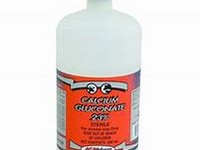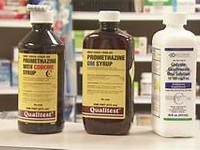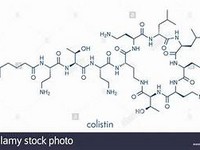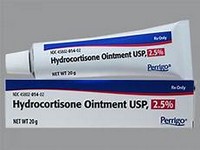Calcium gluconate

Calcium gluconate
CLINICAL USE
Hypocalcaemia
DOSE IN NORMAL RENAL FUNCTION
Depending on indication
Acute hypocalcaemia: 10 to 20 : mL calcium gluconate 10% (2.25–4.5 mmol calcium) slow IV injection over 3–10 minutesOral: Dose varies depending on requirements PHARMACOKINETICS
Molecular weight :448.4 %Protein binding :– %Excreted unchanged in urine : – Volume of distribution (L/kg) :–half-life – normal/ESRD (hrs) :– DOSE IN RENAL IMPAIRMENT
GFR (mL/MIN)
20 to 50 : Dose as in normal renal function. Titrate to response 10 to 20 : Dose as in normal renal function. Titrate to response <10 : Dose as in normal renal function. Titrate to response DOSE IN PATIENTS UNDERGOING RENAL REPLACEMENT THERAPIES
CAPD :Dialysed. Dose as in normal renal function HD :Dialysed. Dose as in normal renal functionHDF/high flux :Dialysed. Dose as in normal renal functionCAV/VVHD :Dialysed. Dose as in normal renal function IMPORTANT DRUG INTERACTIONS
Potentially hazardous interactions with other drugsCan impair absorption of some drugs, e.g. iron, ciprofloxacin ADMINISTRATION
Reconstition
– Route
Oral, IV, IM Rate of Administration
IV: slow 3–4 minutes for each 10 mL (2.25 mmol calcium); not greater than 20 mmol/hour for continuous infusionsComments
IV: Can be used undiluted for continuous and intermittent infusions
OTHER INFORMATION
Check patient’s magnesium levelsMonitor calcium and PO 4 serum levelsCalcium-Sandoz 400: 10 mmol calcium per tabletCalcium-Sandoz 1000: 25 mmol calcium per tabletCalcium levels cannot be corrected until magnesium levels are normal
See how to identify renal failure stages according to GFR calculation
See how to diagnose irreversible renal disease
Home









